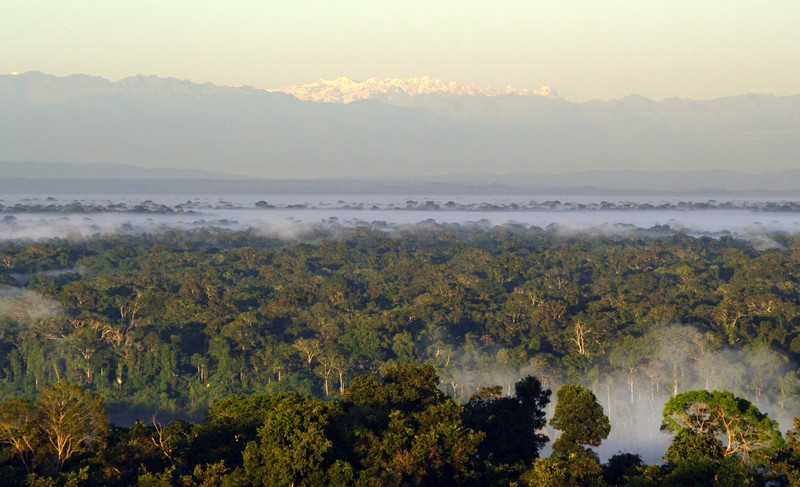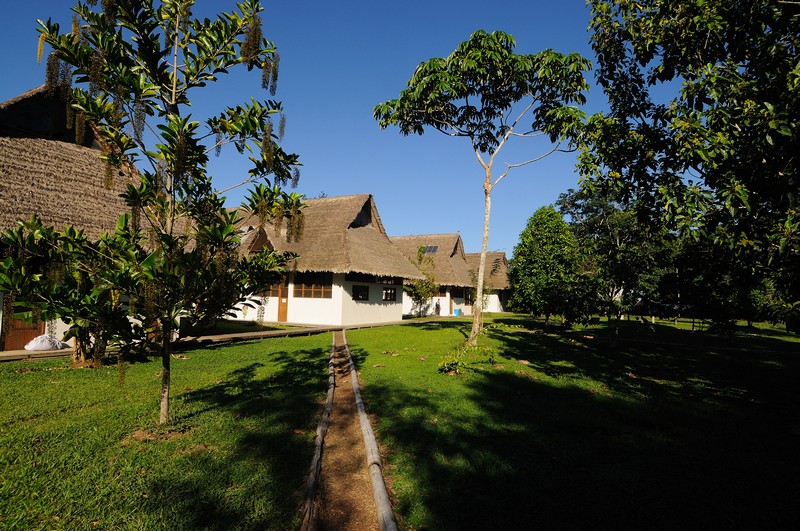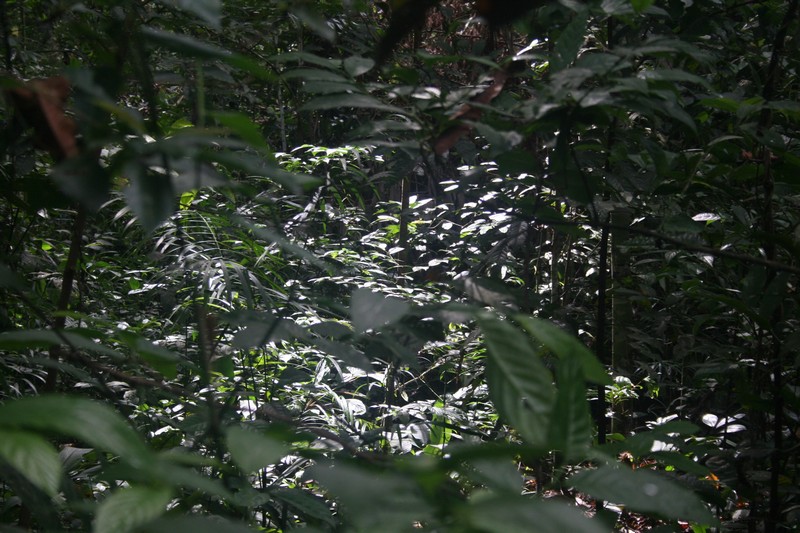Ecotourism

The term ecotourism was first used about thirty years ago, and has been the subject of much debate as to its definition. Currently true ecotourism represents a viable option for conservation of natural and cultural heritage of the people, while promoting the concept of sustainable economic development.
Traveling in undisturbed natural areas in order to enjoy, appreciate and study both its natural attractions (landscapes, flora and fauna) and cultural events can be found in Peru.

To be considered ecotourism, aspects that should be included are:
Minimal environmental impacts;
Active participation of local communities;
Conservation education;
Maximize the economic flow in the community;
By becoming a way of life, economic and educational, ecotourism encourages communities inhabiting sites with exceptional natural wealth to become their most ardent supporters.
Peru's National Parks are where the ecotourism experience can best be found.
In the national parks it is prohibited to make direct use of natural resources for commercial and/or human settlement where it has not been traditionally occupied.
The National Parks strive to protect both the tangible and intangible aspects of the ecosystems found within its boundries.
Today the country has national parks covering an area of 2,918,179 hectares, representing 2.27% of the national territory.
National Parks are:
- Cutervo
- Tingo Maria
- Manu
- Huascarán
- Amotape Hills
- Rio Abiseo
- Yanachaga-Chemillén
- Bahuaja Sonene
Cordillera Azul, as to appreciate the traditions of the people living in each park,
WWF WorldWide Foundation support the development of many of these parks as Pampas Galeras and High Purus.
Visit www.ecotravelperu.com



